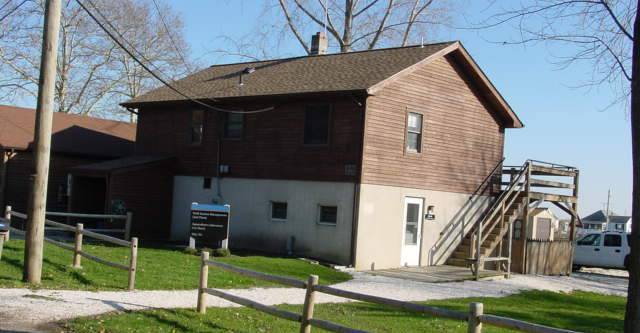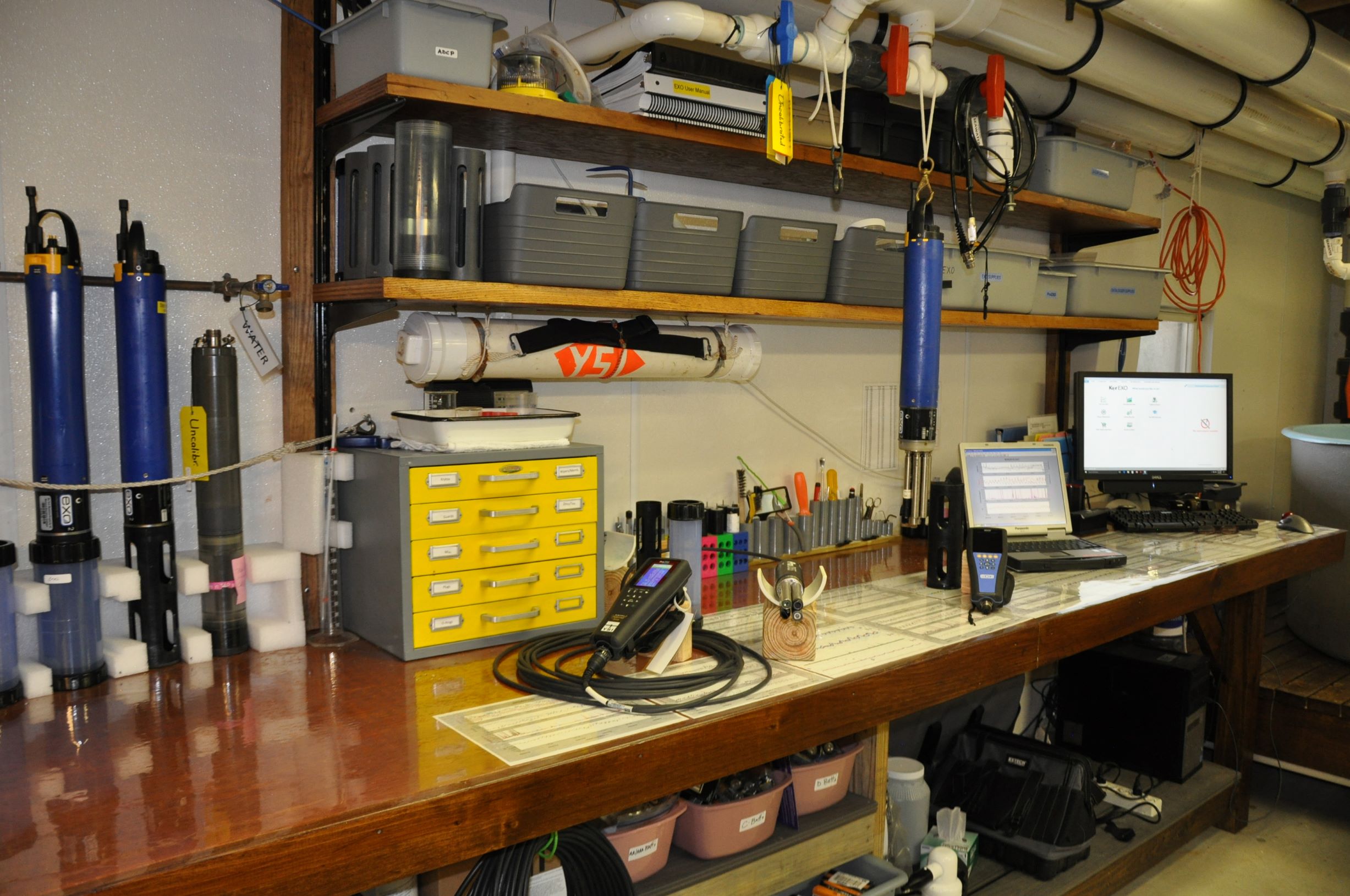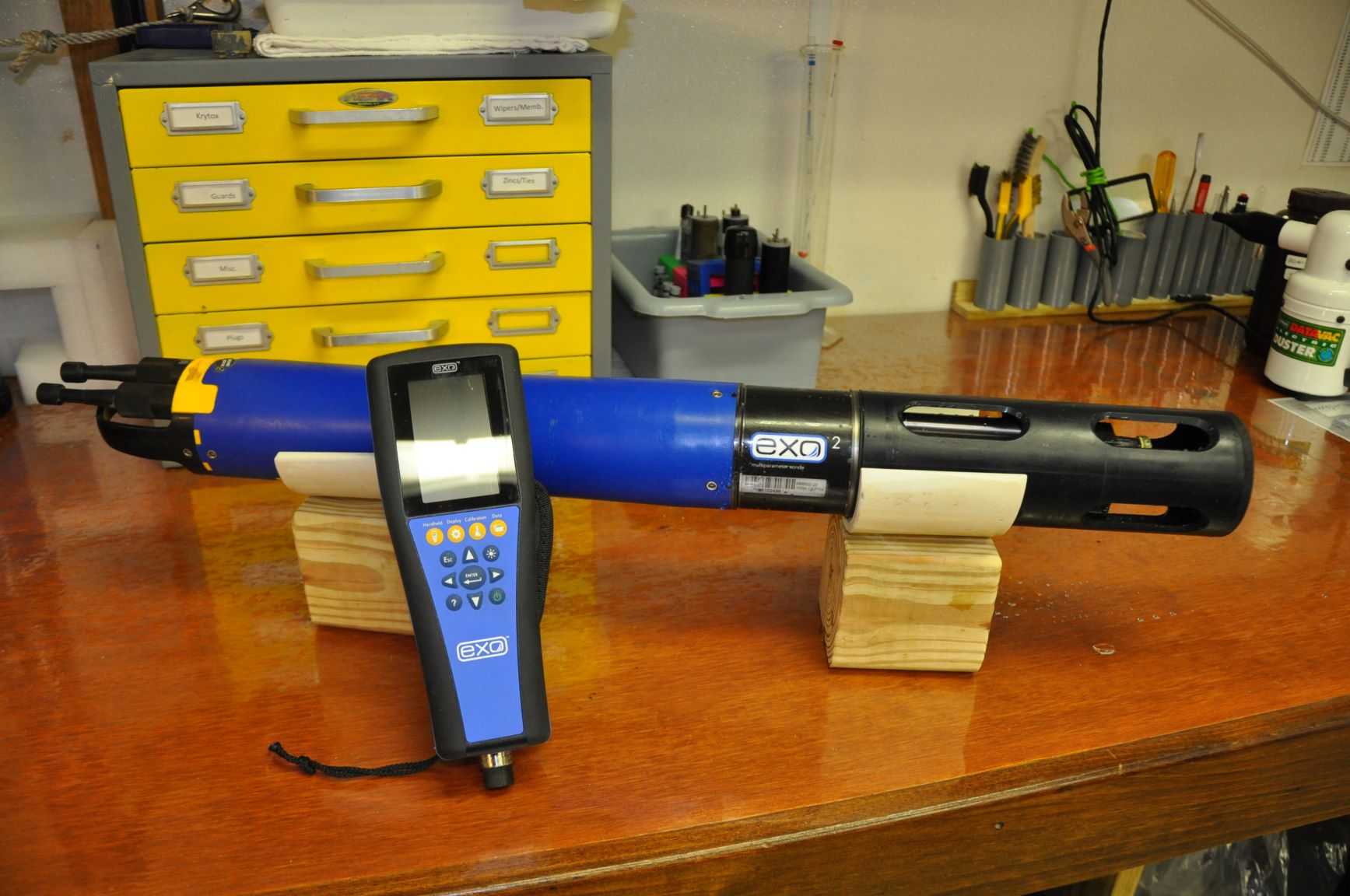Facilities
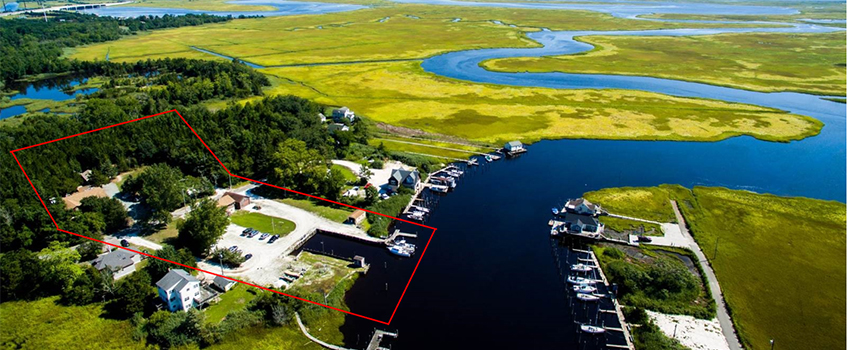
The eight-acre site provides diverse laboratory and office space for both the MFS and CRC, as well as dockage for the research vessel fleet. Access to the southern Barnegat Bay waters, Great Bay and Atlantic City back bays as well as the Mullica, Bass and Wading rivers is easily conducted leaving directly from our waterfront facility.
A two-story structure, Building 504, houses the MFS management team offices on the second floor and an instrument laboratory on the ground floor.
This area also provides space for the water quality instrumentation program. The high-tech, multi-parameter sondes support both field and research studies and are used regularly for both discrete sampling and long term research projects. With field-replaceable probes and the ability to collect data over long periods of time, the sondes allow the collection of data on parameters including salinity, temperature, dissolved oxygen, pH, turbidity, chlorophyll and depth. Currently in the instrument suite are YSI (Yellow Springs Instruments) EXO2 sondes, capable of long-term deployments in depths up to 250 meters, however most of Stockton's work is conducted in estuarine or near-shore depths of less than 50m. Deployed from buoys, ground mounts or static structures such as pilings, the programmable instruments collect water quality parameters simultaneously at designated time intervals, creating invaluable information to support our research programs.
Water quality instruments accompany all our academic field studies as well, allowing ample opportunity for students to develop confidence and proficiency in their use. In addition to field studies, students are encouraged to utilize these instruments in internships and independent studies. Datasets for multiple sites are managed and made available for researchers and students interested in estuarine water quality studies.
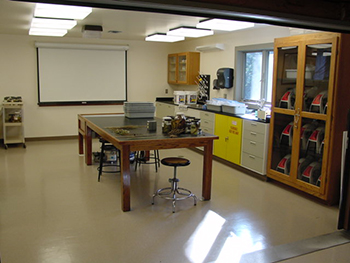
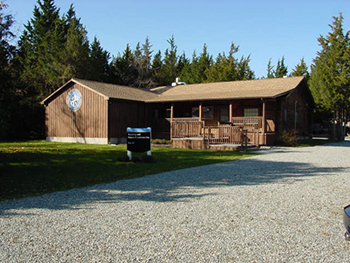
The primary teaching and research laboratory on site is affectionately known as the "Log Cabin". In an effort to uphold the area's rustic maritime look this building has remained just that on the outside after its 1997 and 2009 renovations. Extensive in-house and externally funded renovations have created a unique learning and research-suited environment on the inside. This building has within it a main teaching laboratory with 30 workstations, five individual faculty research areas, a common computer room, a seawater table for instructional use and a small lounge/kitchen area for faculty and students.
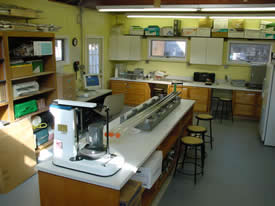
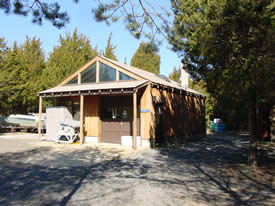
The Coastal Sciences Laboratory is housed in a 750 sf. building that once served as the previous owner's decoy carving shop. Like all of the buildings on-site, Building 502 maintains the rustic exterior look that exemplifies the maritime history of coastal towns such as Port Republic. The Coastal Sciences Laboratory houses two VWR Drying Ovens, a high-temperature combustion oven, an RX-29 Ro-tap sieve and standard sieve shaker, a Beckman Coulter LS 13 320 XR Laser Particle Sizer, and ample freezer and equipment storage space. At the center of the laboratory's work space is a 12' x 3' island work-space designed for working with long sediment cores or any other chores that require space to spread out on. The space is often used by the oceanography faculty and students to prepare for instrument deployments
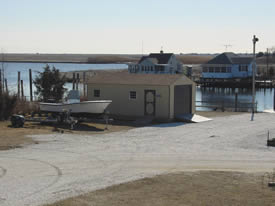

Several additional buildings on-site provide the support necessary for a field facility. There is a Repair Shop, Building 505, that contains both a mechanical and wood working area for facility, equipment and vessel maintenance. A large garage door allows indoor storage for smaller vessels.
Waterfront garage building provides storage for vessel and field sampling-related equipment that does not require environmental control. Additional field equipment is maintained and stored inside Buildings 502, 503, and 504.
